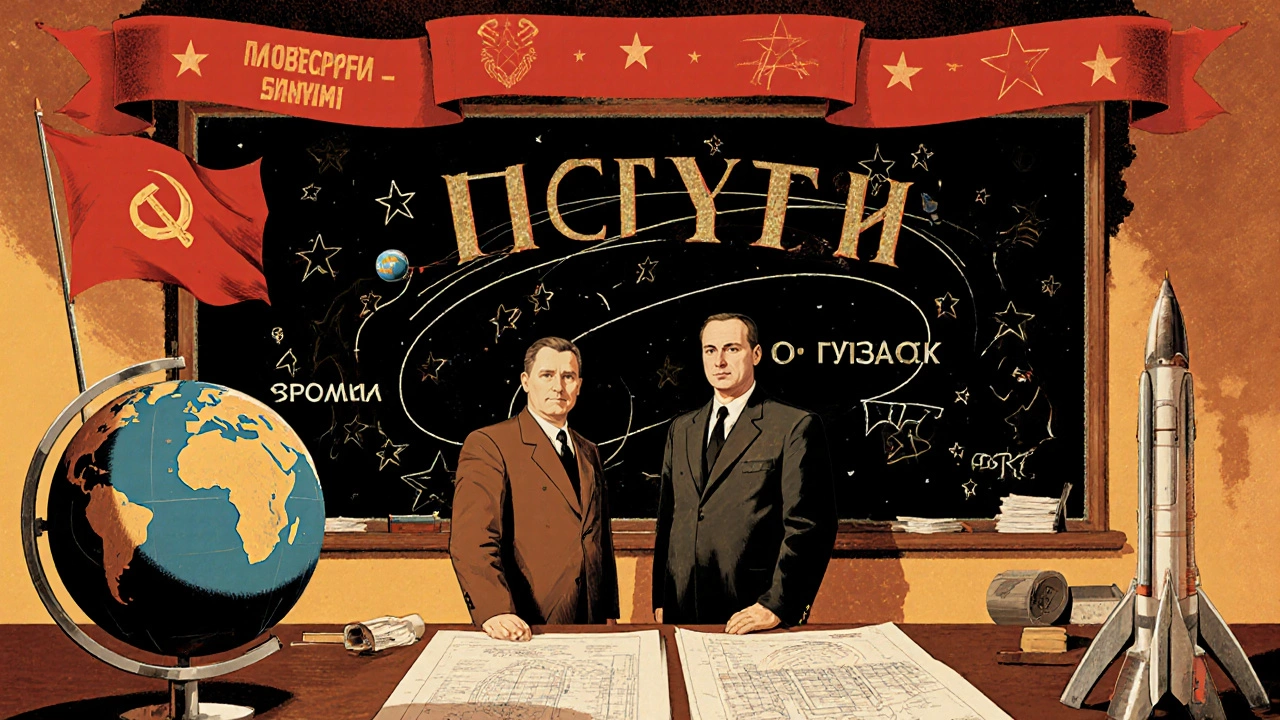Russian astronauts: Their missions, challenges, and role in space science
When we talk about Russian astronauts, professional space travelers trained by Russia’s space agency, Roscosmos, who have flown on Soyuz and Mir missions and now serve on the International Space Station. Also known as cosmonauts, they have been flying in space longer than any other group on Earth. While NASA gets a lot of attention, Russian astronauts have been the backbone of human spaceflight for over 60 years. They didn’t just go to space—they built the systems, solved the problems, and kept crews alive when things went wrong.
What makes Russian astronauts different isn’t just their training—it’s their environment. They work in a system where long-duration missions are the norm, not the exception. A cosmonaut might spend over a year in orbit, dealing with radiation, muscle loss, and isolation without the luxury of frequent resupply missions. Their spacecraft, the Soyuz, has been flying since the 1960s and is still the only vehicle that regularly takes people to and from the ISS. That’s not luck—it’s engineering built on decades of trial, error, and relentless focus on reliability.
They also work closely with astronauts from other countries. The ISS isn’t just a lab—it’s a diplomatic project where Russian cosmonauts and American astronauts share meals, fix broken equipment, and run experiments side by side. This collaboration isn’t just friendly—it’s essential. When the U.S. retired its space shuttle, Russian spacecraft were the only way to get people to orbit. Even today, when tensions rise on Earth, the space station keeps flying because the partnership between cosmonauts and astronauts still works.
Behind every mission are teams on the ground in Star City, near Moscow, who train these astronauts for every possible failure. They practice spacewalks in giant water tanks, simulate engine failures in simulators, and learn to fix life support systems with duct tape and ingenuity. It’s not glamorous. It’s not flashy. But it’s what keeps people alive.
And their impact goes beyond orbit. The tech developed for Russian space missions—compact life support, radiation shielding, even the design of spacesuit gloves—has found its way into medical devices, emergency gear, and even deep-sea diving equipment. Their work isn’t just about exploring space. It’s about solving problems here on Earth.
What you’ll find in the posts below isn’t a list of names or launch dates. It’s a look at how space exploration actually works—the people, the systems, the partnerships, and the quiet persistence behind every mission. You’ll see how Russian astronauts fit into global science, what makes their approach unique, and why their work still matters today. No hype. No myths. Just the real stuff that keeps humans alive in space.




